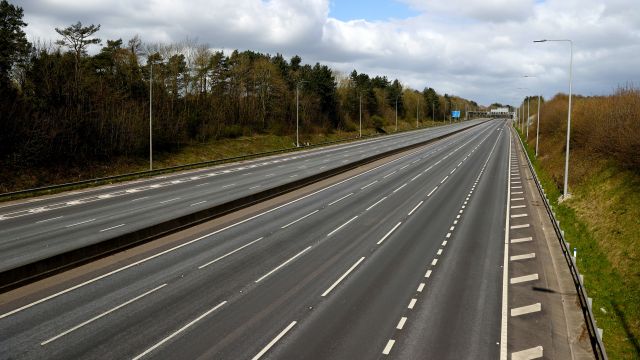Lockdowns to stop the spread of coronavirus caused huge falls in transport use, as well as reductions in industry and commercial operations, cutting the greenhouse gases and pollutants caused by vehicles and other activities.
The impact is only short-lived, however, and analysis shows that even if some lockdown measures last until the end of 2021, global temperatures will only be 0.01C lower than expected by 2030.
But if countries choose a “strong” green stimulus route out of the pandemic it could halve the temperature rises expected by 2050, the study published in Nature Climate Change said.
That gives the world a good chance of keeping temperature rises to the 1.5C goal that countries signed up to under the international Paris climate agreement to prevent the most dangerous impacts of global warming.
Recovery packages targeting low-carbon energy and energy efficiency and not giving bailouts for fossil fuels could “mean the difference between success and failure” on avoiding dangerous climate change.
The choices made now could give us a strong chance of avoiding 0.3˚C of additional warming by mid-century
Study lead author Professor Piers Forster, director of the Priestley International Centre for Climate at the University of Leeds, said: “The choices made now could give us a strong chance of avoiding 0.3C of additional warming by mid-century, halving the expected warming under current policies.
He added: “The study also highlights the opportunities in lowering traffic pollution by encouraging low emissions vehicles, public transport and cycle lanes.
“The better air quality will immediately have important health effects – and it will immediately start cooling the climate.”







